| Structure | Name/CAS No. | Articles |
|---|---|---|
 |
Sulfuric acid
CAS:7664-93-9 |
|
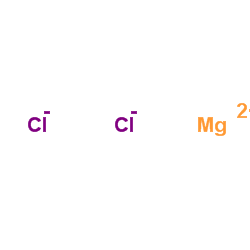 |
Magnesium choride
CAS:7786-30-3 |
|
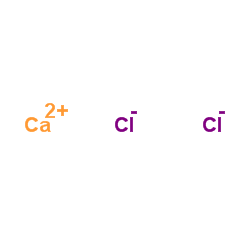 |
Calcium chloride
CAS:10043-52-4 |
|
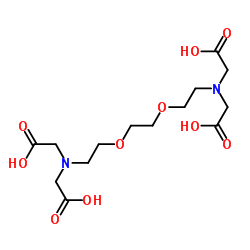 |
EGTA
CAS:67-42-5 |
|
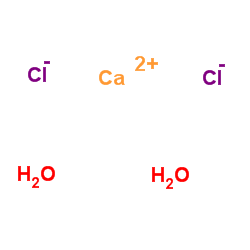 |
calcium chloride dihydrate
CAS:10035-04-8 |
|
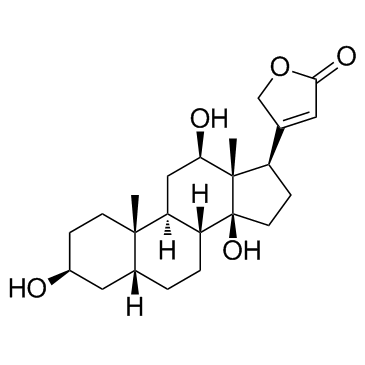 |
Digoxigenin
CAS:1672-46-4 |
|
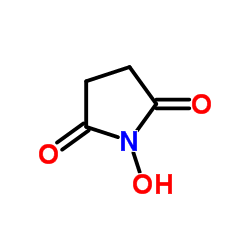 |
N-Hydroxysuccinimide
CAS:6066-82-6 |